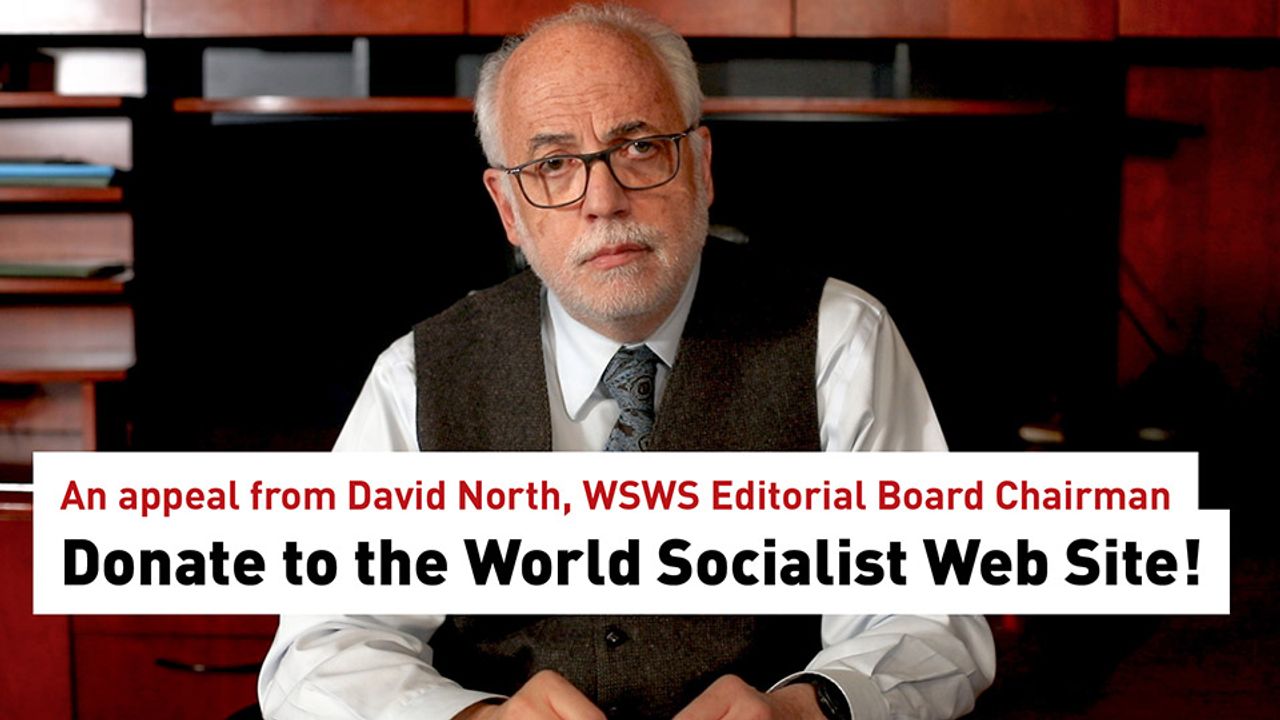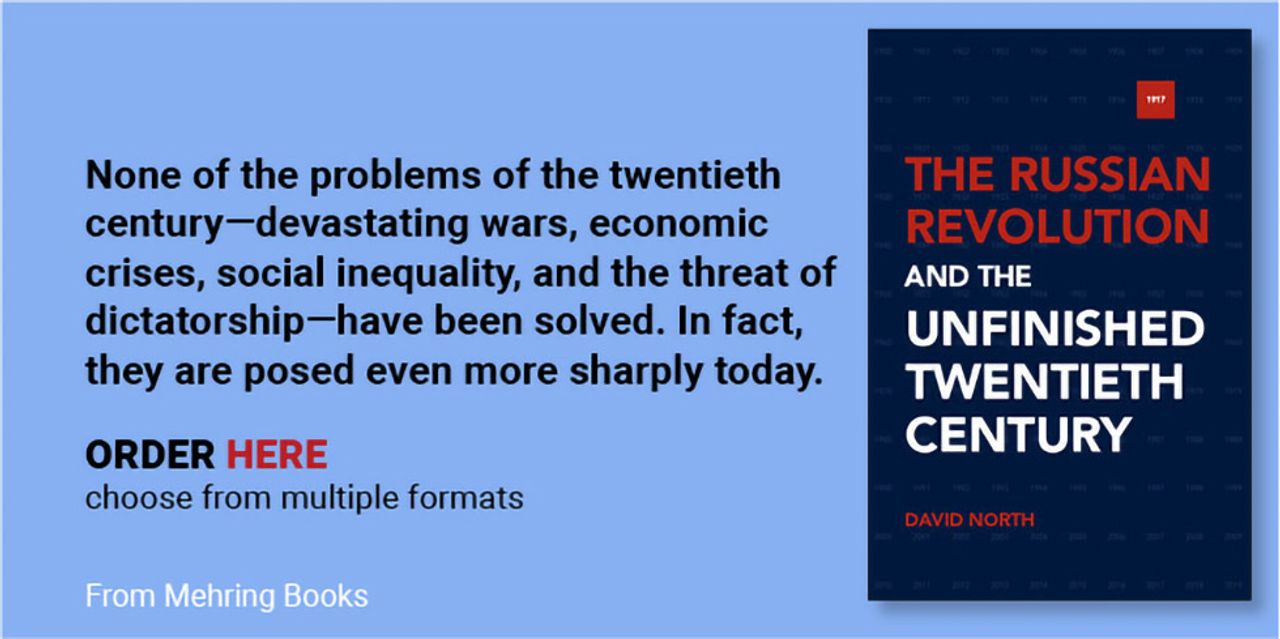Nick Beams
Under intense pressure from President Trump and the US delegation and the threat that they would blow up the meeting, the G20 managed to reach an agreement on the communiqué issued from the leaders’ summit held in Buenos Aires over the weekend.
This was followed by a deal between Trump and China’s President Xi Jinping for a temporary ceasefire in the escalating trade war between the world’s number one and number two economies.
However, it is a measure of the state of relations between the world’s major economic powers that the summit was labelled a limited success because a form of words was found to ensure it did not end in open conflict as did the G7 meeting in June. The APEC summit last month concluded without agreement and issued no final statement.
The Wall Street Journal reported that, at one point, European negotiators believed the talks would “fall apart.” They had seen reports that the US National Security Adviser John Bolton, a key figure in the Trump administration, was “considering pulling out of the G20 summit statement.”
The major differences were not resolved, however, only papered over.
The main issue in drafting the communiqué centred on excluding any reference to “resist protectionism” that had been a routine part of G20 statements—even though it has been increasingly honoured in the breach—since the organisation became the main world economic forum in wake of the 2008 global financial crisis.
The statement pledged to work to “improve a rules-based order that is capable of effectively responding to a rapidly changing world” after the US secured the removal of references to “multilateralism.”
The statement did “recognise” the contribution of the “multilateral trading system” to global growth, but then added: “The system is currently falling short of its objectives and there is room for improvement. We therefore support the necessary reform of the WTO [World Trade Organisation] to improve its functioning.”
Progress on the reform will be reviewed at the G20 summit to be held in Osaka, Japan, next June.
The demand for “reform” of the WTO was at the insistence of the US, which claims that the global trade body has dealt with the US unfairly, and has benefited China. Washington wants the rules changed to enable action over what it claims are the appropriation of intellectual property rights, either by theft or forced technology transfers, and the “market-distorting” state subsidies to Chinese industries.
The other key points of conflict were climate change and refugees. The communiqué called the Paris climate agreement “irreversible” but included a paragraph stating that “the United States reiterates its decision to withdraw.”
On the issue of refugees, the statement, at the insistence of the US, withdrew references to the role of multilateral organisations in playing a part in dealing with the issue and the responsibility of wealthier countries to mitigate the problems.
Under the deal reached between Trump at Xi at the conclusion of the summit, the US agreed to suspend the escalation of tariffs on $200 billion worth of Chinese goods from 10 percent to 25 percent, which had been scheduled to come into effect next January, for three months.
Under the agreement, China agreed to purchase a “very substantial” amount of US farm, energy and industrial products in order to reduce the trade gap between the two countries. But this deal does not address the core conflict. China had already agreed to make such purchases back in May in talks between Treasury Secretary Steven Mnuchin and China’s vice premier and chief trade negotiator Liu He but the agreement was overturned by Trump a few days later as not being sufficient.
The key issue remains US opposition to China’s efforts to expand its technological and industrial base under its “Made in China 2025” plan and investment under its Belt and Road Initiative, all of which the US regards as a threat to its economic and military supremacy.
The US position was again set out in a 53-page report prepared by the office of US Trade Representative Robert Lighthizer ten days before the Trump-Xi meeting. It accused China of continuing to organise state-backed theft of intellectual property and technology, downplayed moves by China to ease foreign investment restrictions and raised concerns over its “Made in China 2025” policy.
These issues will be the subject of talks over the next three months, with the US threatening to go ahead with the imposition of higher tariff if it is not satisfied with the outcome.
The US decision to put off the tariff hike did not signify an end to the conflict but was a tactical manoeuvre as it seeks what it calls “structural changes” in the Chinese economy, not merely the purchasing of more American exports.
One of the main considerations appears to have been to provide more time to ensure that the European Union and Japan, as well as other countries, come on side with Washington in its push against China’s industrial development.
Trade manoeuvres by the Trump administration over recent months point in this direction.
The US Mexico Canada Agreement (USMCSA), replacing the North America Free Trade Agreement and signed at the G20 summit, was aimed, at least in part, in unifying North America for a push against China. Significantly the USMCA deal contained a provision that parties should not agree to free trade deals with China—an unprecedented “third party” intervention in trade agreements.
The US has also struck agreements for bilateral discussions with both the European Union and Japan. Both had opposed such negotiations but then agreed under the threat that failure to do so would see the imposition of auto tariffs of up to 25 percent on “national security” grounds. In the lead up to the G20 meeting, there was concern among EU negotiators that Trump was again threatening to go ahead with the auto tariffs.
When the trade war against China was launched, the Trump administration came under criticism, not for its anti-China measures as such, but for the way it was proceeding which was repelling potential allies that also have grievances with Beijing. The temporary tariff pull-back is in line with efforts to secure wider support, as reflected in the G20 communiqué for discussions on “reform” of the WTO, for which the US will seek support from other major powers as it targets China.
On the European side, the decision appears to have been taken to try to accommodate US demands at the G20 lest an open split lead to the imposition of the threatened US auto tariffs.
The position of the European powers was summed up by the French President Emmanuel Macron, who noted that Trump did not express any “dissenting opinion.” “His team negotiated, he was present, and we will keep moving forward,” Macron said. In other words, they did not poke at the bear and the bear did not snarl back at them.
Another consideration in the China decision was concerns over the impact on global financial markets of proceeding with higher tariffs. Trump first raised the prospect of talks with Xi at the G20 at the beginning of November following a significant market sell-off in October. Since then markets, especially the hi-tech companies, have been highly sensitive to the prospect of tariff measures because of their effect on sales and global supply chains.
Following the Trump-Xi meeting both sides put their own positive “spin” on the outcome.
“Today is a great day for the United States,” a senior administration official is reported to have said in a background briefing at the end of the summit. “Across the board it was a resounding success.”
In China, an editorial in the state-owned Global Times, noted for its more strident comments on US policy, said the agreement had “momentous significance.” The official Xinhua news agency said the tariff relief showed the two sides could work together. But as the Wall Street Journal reported, absent from Chinese media reports was the fact that the US had imposed a 90-day limit for negotiations on its demands for the far-reaching changes in the structure of the Chinese economy.
On the US side these changes, which seek to reduce China to a kind of semi-colonial status, are regarded as essential if it is to maintain global economic dominance. Beijing, however, regards any back-down as highly dangerous because it would undermine the entire regime. The trade and economic conflict between the world’s two major economic powers has not been overcome but is entering a potentially more explosive stage.





